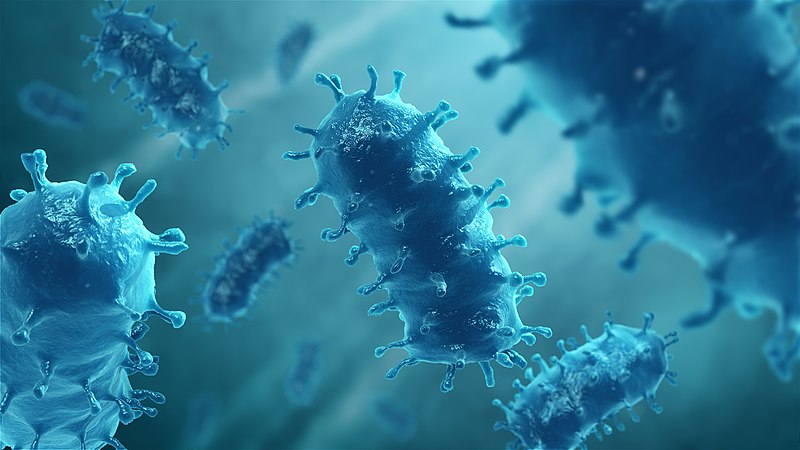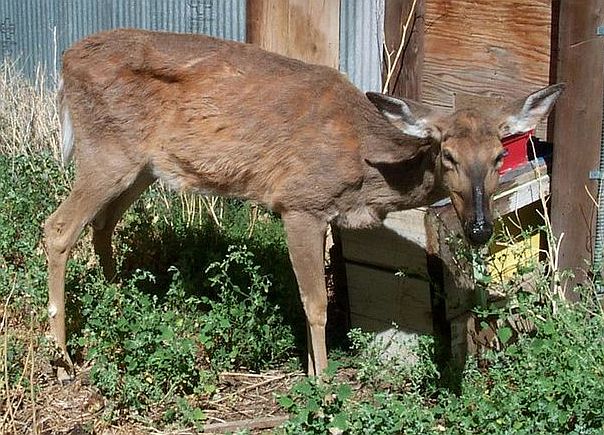
We’re told to cook our chicken through to the bone to avoid salmonella. Then too, there is trichinosis. And there are others. However, salmonella and trichinosis pose no problem if, as we mentioned, we cook our food thoroughly.
But there are other issues with food that are not so easily solved. For instance, there is the so-called “mad cow disease”. You can cook the beef as much as you want and it still is dangerous! Mad cow disease is more officially known as bovine spongiform encephalopathy or BSE.
Most of Us
At least in the U.S., most of us probably get the bulk of our food from three sources:
- Grocery store
- Garden
- Farmer’s market
A fair number supplement their food by hunting/foraging, whether they do the hunting or they receive a gift from a generous hunter.
Evaluating Sources
The three primary sources are, doubtless, less likely to be a source of difficulty. If there is a difficulty, it quickly becomes public knowledge, if for no other reason than at least one case will be reported.
However, food obtained through hunting, although still not a major threat, is less likely to be recognized, if a problem should arise.
Not All Diseases Are “Created Equal”
The fear-inspiring fact is, not all food-related health issues can be solved through cooking. And a few animals, prized by hunters, are appearing on the danger list in some areas of the U.S.
Ever heard of chronic wasting disease? Among the aforementioned prized animals, we include deer, elk and moose.
CWD is a prion disease. It is an abnormal form of a normally harmless protein. It is not destroyed by the cooking process.
Just how serious is it? The CDC informs us, “Prion diseases are usually rapidly progressive and always fatal.” Hm. That word, always… Fortunately, although the issue of CWD is on the rise, it is still relatively uncommon. But be on the watch.

What About Rabies?
Unfortunately, rabies is much more common, especially among smaller animals. What about an animal a hunter obtains? What if that animal is rabid, perhaps being relatively early in the course of the disease? Is the meat safe to eat? Can it be made safe?
The good news is: rabies is not a prion-driven disease. It is usually introduced by bite through the saliva of a rabid animal. The saliva contains Neurotropic lyssavirus. It is important to know the symptoms exhibited by a rabid animal.
Even though rabies does not involve a prion agent and the virus is destroyed by thorough cooking, rabies is still a progressive, and frequently fatal, disease. No one should eat the meat!
Note: You might also enjoy Does Lone Star Tick Saliva Induce Allergic Response to Red Meat?
References:
- Centers for Disease Control (CDC): Chronic Wasting Disease
- New York State Department of Health: Advice on Eating Game
- National Organization for Rare Disorders (NORD): Rabies
- License for Featured Image CC BY-SA4.0
← Back to Food and Health
← Home

The rabies virus can also be found in the nervous system, so good advice, don’t eat infected meat.